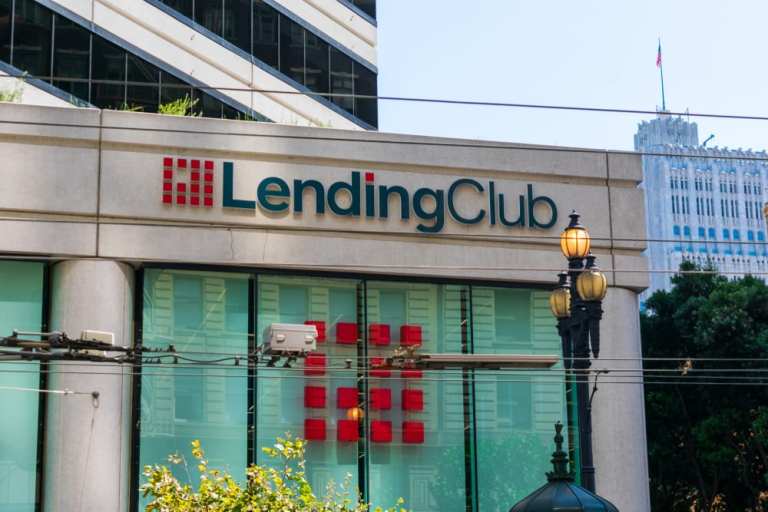CEO Scott Sanborn said on an earnings call with analysts that the deal provides Lending Club with additional sources of funding and paves the path for the combined entity to become a digital bank. He called the deal “transformative.”
In terms of the deal structure, the company is paying 75 percent of the purchase price in cash, with the remainder in stock, using cash on hand. In return, Lending Club gets a bank with $1.4 billion in assets and $1.2 billion in deposits that will reduce costs and volatility in funding.
Management said on the conference call that the deal delivers attractive economics that, in turn, will allow end customers to pay less and earn more on their savings.
Chief Financial Officer Tom Casey told conference call listeners that payback on the deal is estimated to occur within two years on a cash-on-cash basis. Seaborn has said the deal could save as much as $40 million a year on bank and funding fees for every billion dollars in loans held, post-deal.
The transaction is slated to be completed with 12 months to 15 months.
Advertisement: Scroll to Continue
Supplemental materials provided by the company show that there can be as much as $80 million in “economic benefit” realized on each $1 billion in loans through cost synergies. Roughly $25 million of that tally would be tied to capturing “bank economics,” $15 million would stem from reduced cost of funds within the first year of closing. As much as $40 million would be realized in higher grade loans held for investment.
With the deal, said Sanborn, the combined company has “two sides f the bank balance sheet, at scale.”
He highlighted the fact that LendingClub, through the acquisition, gains a digital bank with a national footprint in the United States with no physical branches.
He added, too, that buying Radius represents a “superior route to a bank charter.”
In details on the quarter, management stated that net revenues gained 4 percent year on year for the fourth quarter to $189 million, which was below consensus by about $10 million.
Drilling down a bit into the numbers, loan originations were up 7 percent to $3.1 billion. Within that loan origination figure, banks represented 32 percent of the mix to $970 million, which compares to $1.1 billion a year ago, while managed accounts were $528 million, up from $461 million.
As measured as a percentage of revenues, personal loans defined as “standard” loans were $2.1 billion, slightly higher than a year ago. The “custom” tranche of personal loans was $816 million, up from $611 million last year.
The total portfolio grew to $16 billion, up from $13.7 billion.
Revenue contribution as a percentage of loan originations was up to 3.28 percent in the latest quarter, up from 3.1 percent.
In the earnings announcement, LendingClub said that to comply with federal banking ownership regulations, the company’s largest shareholder, Shanda, has agreed to exchange 22 percent of voting common stock for non-voting stock. In addition to that agreement, the company has said that it has adopted a “temporary bank charter protection agreement,” which limits the accumulation of shares, and maintains compliance with bank ownership thresholds.




